Scheduled flights to Queen Elizabeth National Park
Regular flights will take you to Queen Elizabeth National Park if you’re interested in exploring the park by air. Situated in the southwestern region of Uganda, Queen Elizabeth National Park is next to Kibale Forest and Rwenzori Mountain. Queen Elizabeth National Park is a must-visit destination for tourists interested in visiting Uganda. It is one of the best spots in East Africa to see wildlife, including the Big Four and other savannah wild animals.
The park also hosts over 700 bird species, making it a great place for birdwatchers. The park’s expansive grasslands and crater lakes make for great scenery and photography. Major activities in the park include game drives to view wildlife, boat cruises on Kazinga Channel, community visits, birding, and chimpanzee trekking in Kyambura Gorge, among others. The Ishasha sector, in the park’s southern half, is another option for those with more time on their hands; there, they may go on game drives in search of tree climbing lions and other animals.
Once you send us an email or make an inquiry, we will advise you appropriately. Katland Safaris arranges and can schedule all of the aforementioned activities in Queen Elizabeth National Park. Additionally, we provide a variety of vacation packages that may be tailored to your specific needs and preferences, including budget, mid-range, and luxury alternatives, as well as the specific safari activities you would want to include.
Flights to Queen Elizabeth National Park are offered by which airlines?
Anyone interested in visiting Queen Elizabeth National Park by air may arrange for daily scheduled flights. Scheduled flights to Queen Elizabeth National Park are offered by many domestic carriers, including AeroLink Uganda Limited and Fly Uganda. Your flight will take off from either Entebbe International Airport or Kajansi Airfield. Once you reach Kasese Airstrip, your journey to your resort in Queen Elizabeth National Park will begin. The exact amount of time it takes to reach your lodge will depend on the one you choose.
You may reach Queen Elizabeth National Park by air if you fly into Kasese/Mweya, Mbarara, or Kihihi. Your travel dates and time will determine the airline’s availability. However, if you want to arrive at Queen Elizabeth National Park early and have a shorter drive, the best airstrip to fly into is Kasese/Mweya Airstrip, so make sure to request this when you book your scheduled flight. To ensure you don’t get stuck at the airport, it’s recommended that you arrange for a shuttle to take you to your Queen Elizabeth National Park lodge as soon as you land at one of the aforementioned airstrips.
How far is Queen Elizabeth National Park from Entebbe Airport via plane?
planes that will take visitors to Queen Elizabeth Park
Journey from Entebbe to Queen Elizabeth National Park via domestic aircraft
You will need around 1 hour and 15 minutes to fly from Entebbe to Kasese/Mweya Airstrip. From there, you can connect to the Queen Elizabeth National Park Lodge for check-in via a road transfer that will take about 10 to 30 minutes, depending on the lodge you choose to stay at during your stay.
In total, you will need about 1 hour and 45 minutes to reach the park. The Kasese/Mweya Airstrip is serviced by AeroLink airline three times a day: in the morning, mid-morning, and afternoon. The first flight leaves Entebbe Airport at 7 in the morning and lands at Kasese/Mweya Airstrip at 10:05 in the morning. The second flight takes off at 10:20 in the morning and returns to Entebbe at 11:25 in the morning.
The flight leaves Entebbe Airport at 10:15 in the morning and lands at Kasese/Mweya Airstrip at 15:05 in the afternoon. The return flight takes off at 15:20 and lands back at Entebbe at 13:30 in the afternoon. Please be informed that this flight operates every day except for April, May, and November.
Leaving Entebbe Airport at 15:00, the afternoon flight lands at Kasese/Mweya Airstrip at 14:15. The return leg of the flight takes off at 14:20 and lands back at Entebbe at 16:15. Flight times may vary according on aircraft route, but all of the flights listed above go to Queen Elizabeth National Park every day; just tell us when it’s most convenient for you, and we’ll make the reservation.
Queen Elizabeth National Park: what are the top attractions?
Detailed descriptions of the many exciting things to do in Queen Elizabeth National Park follow. Those with extra time on their hands can also choose to go on game drives in the Ishasha sector, which is in the park’s southernmost region and is home to tree climbing lions and other exotic animals. When you visit this park, you may view all four of the Big Four, as well as rare savannah creatures like tree climbing lions, if you also go to the Ishasha sector.
Safaris in the Mweya Sector and the Kansenyi Plains
Tourists may see a profusion of the peculiar and unusual Euphorbia, or “candelabra” tree, in Uganda’s Queen Elizabeth National Park’s Mweya and Kansenyi plains, which are teeming with animals. On your way to see the animals, you may enjoy the picturesque scenery of the surrounding mountain ranges and crater lakes.
The Ishasha Sector Game Drives
You may witness the rare tree climbing lions and other animals in the Ishasha area of Queen Elizabeth National Park.
Exploring the Kazinga Channel by Boat
Queen Elizabeth National Park is the perfect place for a relaxing boat ride in the Kazinga Channel. You may come across warthog families, elephant herds, buffalo herds, antelope herds, hippos, and crocodiles lounging on the beach. Birds abound along the coasts of Kazinga, especially those species that stop there on their journey south to warmer climes. The picturesque Mweya Peninsula and the fishing communities that dot its shores are other great sights to see throughout the voyage.
Cultural Journey
You can see for how the locals are making a livelihood off of the park’s resources by visiting Lake Katwe on your wildlife safari with Queen Elizabeth. The fact that it is one of the parks where humans and animals live side by side is more proof that Queen Elizabeth National Park deserves that honor. Visitors interested in learning more about local life can participate in the Kasoga community experience project, where members of the community will be happy to share their stories of surviving in close proximity to the park and the challenges they’ve faced in maintaining harmonious relationships with the animals that call it home.
Witnessing the Chimpanzees in Kyambura Gorge
One of the main things people do at Queen Elizabeth National Park is track chimpanzees. You may do this at the Park’s Kyambura Gorge. Depending on your schedule and the activities planned, we may arrange for the permits and the journey to see the chimpanzees, which often take place in the mornings and afternoons. Spending more time at Queen Elizabeth National Park will allow you to engage in all the specified activities, ensuring a terrific and unforgettable experience. Please let us know what you’re interested in, and we’ll send you all the necessary information when you send us an email.
Exploring the Birds
Queen Elizabeth National Park is one of the top places in Uganda to go birding. The park is home to more than 700 bird species, including endemic birds of the Albertine Rift, water birds, and savannah birds. The best times to see these birds are during game drives and boat rides on Kazinga Channel.
The list of birds includes the following: Pel’s fishing-owl, Collared pratincole, Palm-nut vulture, Rare swamp flycatcher, Gray crowned crane (the national bird of Uganda), Giant heron, Shoebill stork, Abyssinian ground hornbills, Nightjars, Marabou stork, Black headed lapwing, Back-bellied bustard, African jacana, Secretary bird, and many more.
In Queen Elizabeth National Park, are there any places to stay?
We suggest spending at least one night in Entebbe or Kampala before your flying safari to Queen Elizabeth National Park begins and ends. This will allow you to adjust to the flight schedule, recover from any baggage mishaps, and ensure that you don’t miss your connection to Entebbe on your way to Uganda, among other potential problems.
There is a wide spectrum of prices and quality of accommodations at Queen Elizabeth National Park. Pumba Safari Lodge and Elephant Hab Lodge are two examples of budget alternatives; their nightly rates vary from $90 to $100. Buffalo Safari Lodge and Bush Lodge are two examples of mid-range options; their rates range from $100 to $300. And last but not least, there are Kyambura Gorge Lodge, Mazike Safari Lodge, Katara Lodge, and Mweya Safari Lodge are just a few of the luxurious alternatives available, with prices ranging from $300 to $400 per person per night.
When is Queen Elizabeth National Park at its most beautiful?
Since the equator runs across both Queen Elizabeth National Park and Uganda, the country experiences a modified equatorial climate with two distinct rainy seasons; hence, most people believe that the park is at its most beautiful during the dry seasons. This is correct, since driving into the park to see animals becomes more difficult during rainstorms due to the pathways being too slick. December–February and June–October are the driest months to visit Queen Elizabeth National Park, followed by March–May and November. However, you may still go on a safari and observe the animals any time of year.
Katland Safaris is the best choice for your planned flight to Queen Elizabeth National Park.
In 2011, Katland Safaris began providing incredible adventures in Rwanda and Uganda. Since then, they have expanded their safari offerings to include Tanzania, Kenya, and the Democratic Republic of the Congo.
Our ability to curate unforgettable experiences is a product of the cohesive team we’ve built over the years, which includes both youthful and dynamic employees, as well as seasoned and dedicated directors and managers who are native Ugandans. If you get in touch with us, we’ll have someone on staff who can help you get reliable information quickly. Safari reservations and TripAdvisor both consistently give Katland Safaris excellent reviews and ratings.

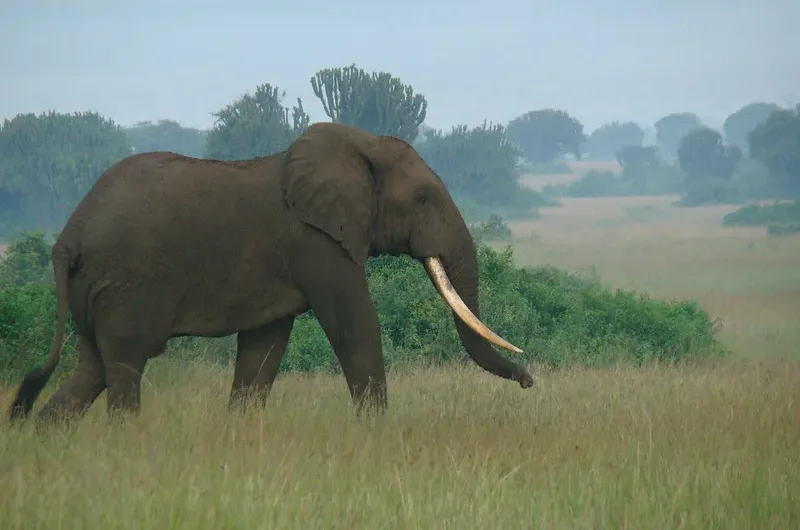


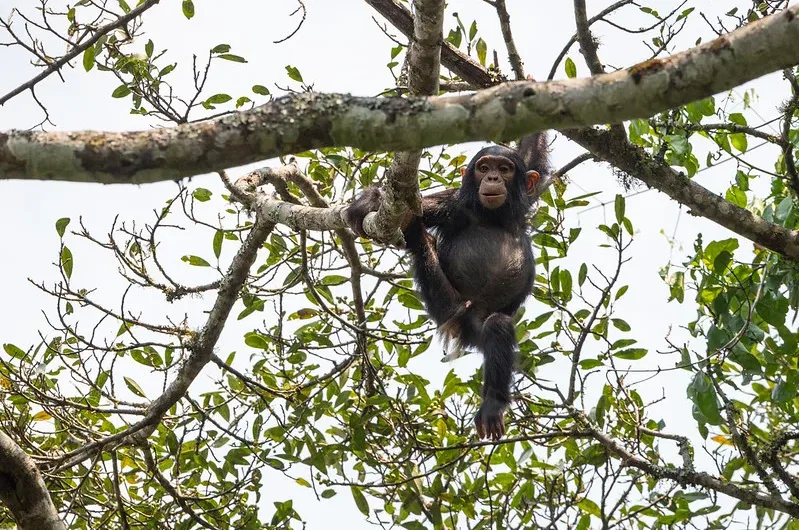



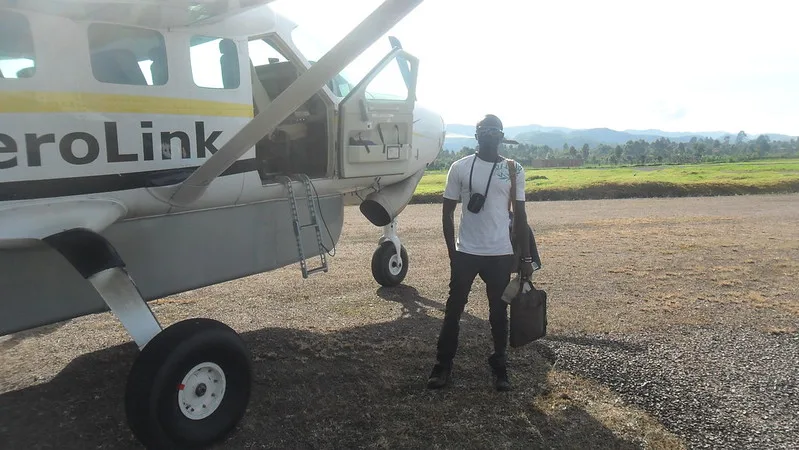


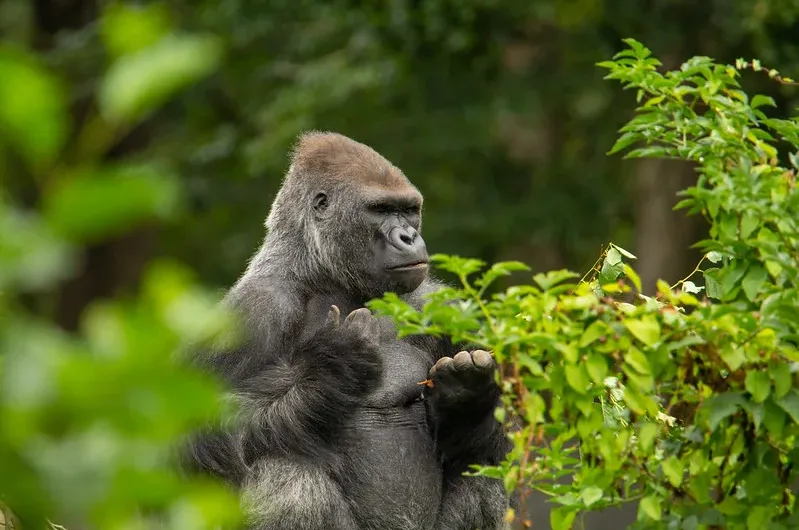
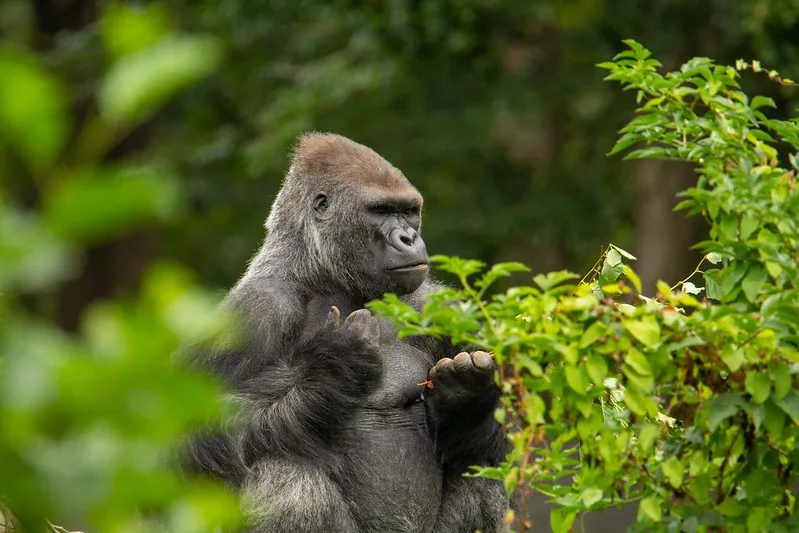
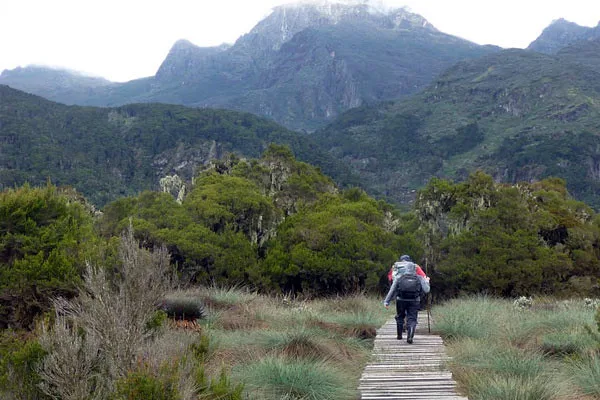
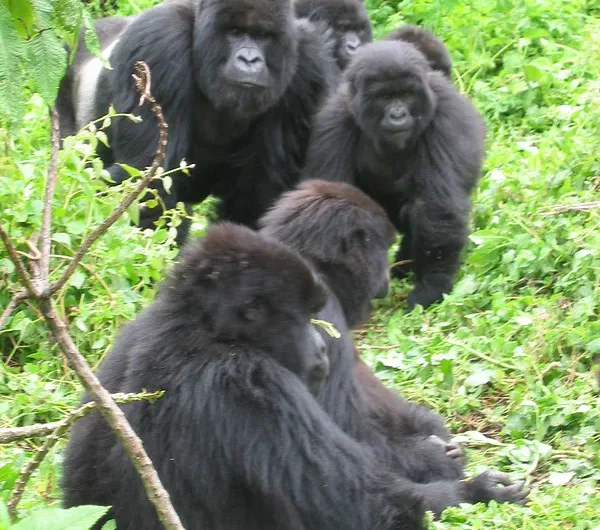
 The second most popular activity in Virunga National Park is chimpanzee tracking and habituation. On chimpanzee habituation treks, you spend the entire day with the apes, while on chimpanzee tracking you get an hour-long encounter. Both treks start in the morning when you’ll be joined by researchers and trackers as you walk through the forest in search of chimpanzees.
The second most popular activity in Virunga National Park is chimpanzee tracking and habituation. On chimpanzee habituation treks, you spend the entire day with the apes, while on chimpanzee tracking you get an hour-long encounter. Both treks start in the morning when you’ll be joined by researchers and trackers as you walk through the forest in search of chimpanzees.